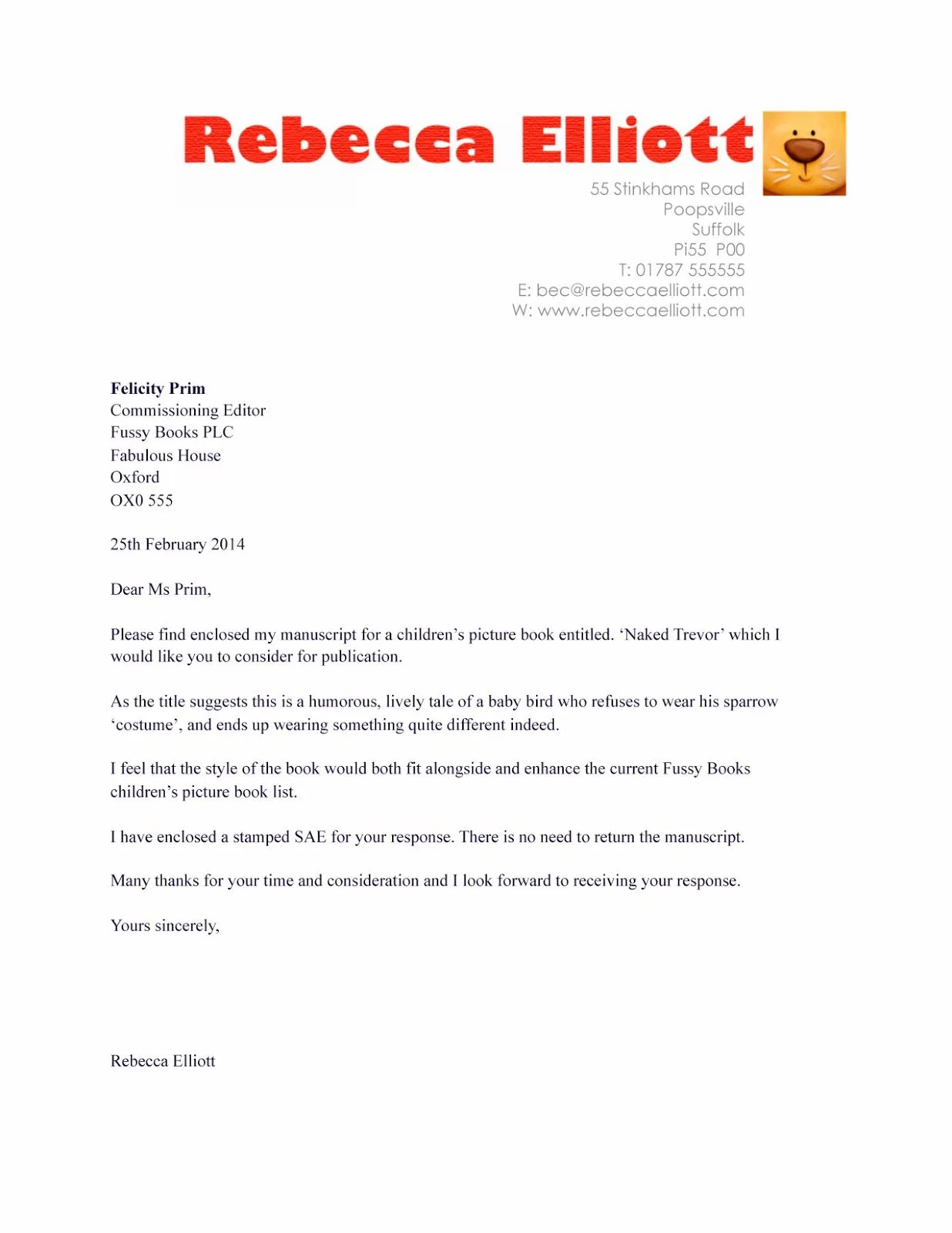What is a Book Cover Letter
A book cover letter, often called a query letter, is a crucial document when you’re seeking representation from a literary agent or submitting your manuscript to a publisher. It’s your first impression, your elevator pitch, and your chance to grab their attention. Think of it as a sales pitch, designed to entice the agent or publisher to read your manuscript. It provides a concise summary of your book, highlights its key selling points, and introduces you, the author. This document is a vital element in the publishing process and greatly influences whether your work is considered for publication. Mastering the art of the book cover letter is essential for any author hoping to navigate the world of publishing successfully.
Why a Book Cover Letter is Essential
The significance of a well-crafted book cover letter cannot be overstated. Literary agents and publishers are inundated with submissions, so yours needs to stand out from the crowd. It’s the first step in convincing them your book is worth their time and investment. Without a compelling cover letter, your manuscript might not even be considered. It demonstrates your professionalism, your understanding of the publishing industry, and your ability to communicate effectively. A strong letter showcases not just your book’s potential but also your understanding of the market and your preparedness for the publishing process. In essence, it is your key to unlocking the door to publishing success.
Key Components of a Compelling Cover Letter
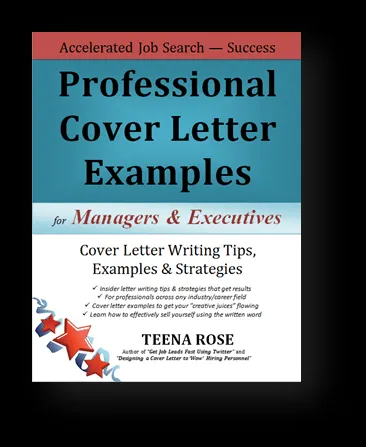
A compelling book cover letter contains several key elements that work together to capture the reader’s attention. These components must be present to make a great first impression. Each section has to be thoughtfully composed, conveying all the necessary information efficiently and persuasively. The goal is to present a complete picture of your book, its appeal, and your ability to succeed. From the basic formatting to the closing statement, every part should be carefully considered and polished. A well-structured letter is a sign of your dedication and professionalism, which boosts your chances of acceptance.
Formatting Your Book Cover Letter
Proper formatting is an essential component of a book cover letter. Formatting demonstrates professionalism and makes your letter easier to read. Use a standard business letter format: single-spaced, left-aligned, with a readable font like Times New Roman or Arial. Keep the font size between 10 and 12 points. Avoid using excessive bolding, underlining, or italics. Ensure there are clear spaces between paragraphs. Adhere strictly to any specific formatting requirements given by the agent or publisher. Clean, professional formatting immediately enhances your credibility.
Contact Information
Begin your cover letter with your contact information. Include your full name, address, phone number, and email address. This information is usually placed in the top left corner. Ensure that your email address is professional, not a whimsical or informal one. The agent or publisher needs a quick and easy way to contact you, so accuracy is critical. Double-check all details for errors before submitting your letter. This simple step ensures smooth communication and underscores your attention to detail.
Date and Salutation
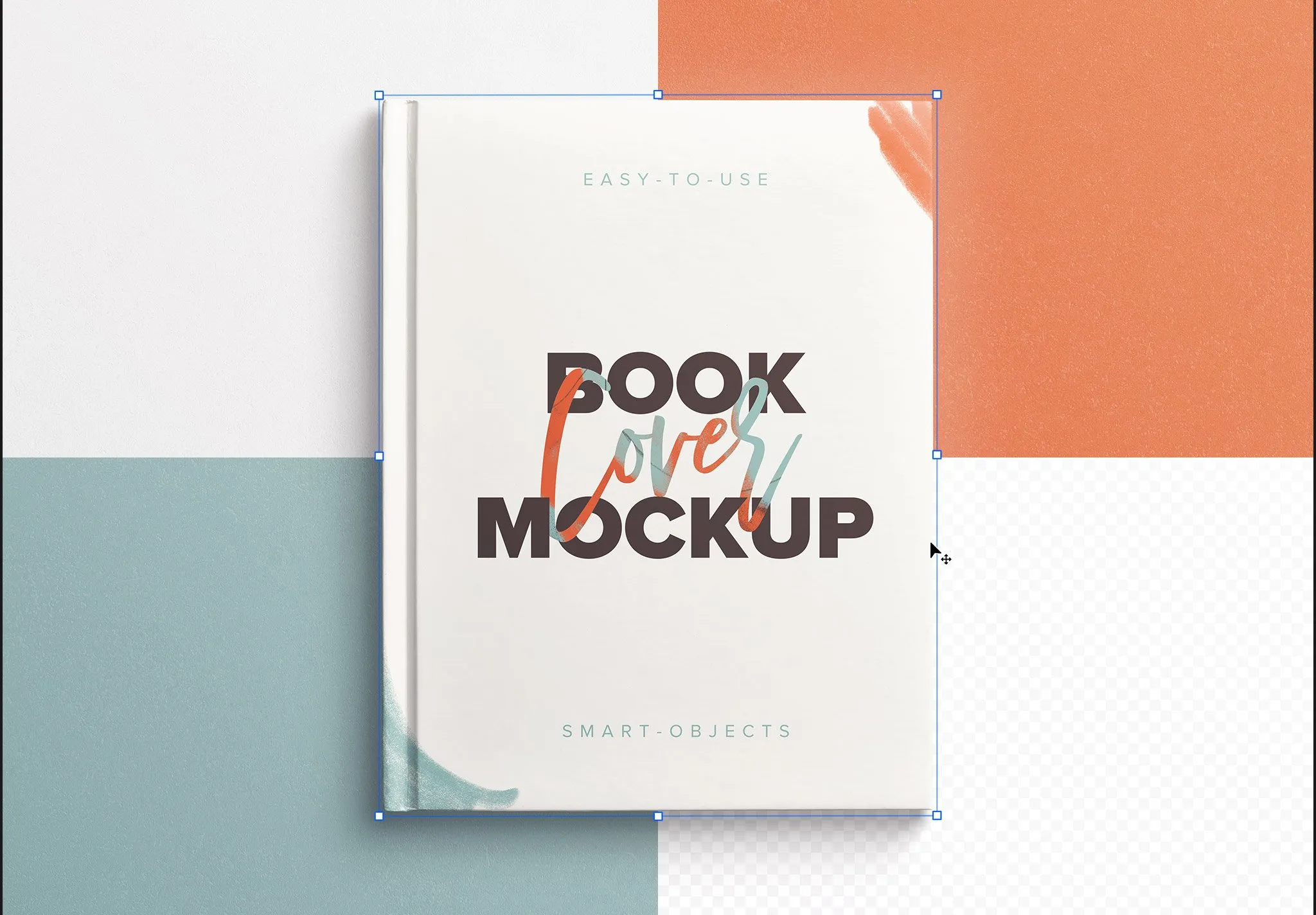
Following your contact information, include the date. Then, address the agent or publisher with a proper salutation. If possible, address the recipient by name (e.g., “Dear Mr. Smith”) after doing your research. This shows that you’ve taken the time to personalize your letter. If you can’t find a specific name, use a general salutation such as “Dear Agent” or “Dear Acquisitions Editor.” Avoid generic greetings like “To Whom It May Concern.” Personalization makes your letter more engaging and reflects your seriousness as an author.
The Introduction
The introduction is your hook. It should immediately grab the reader’s attention. Start with a brief, compelling synopsis of your book. State the genre and target audience. If your book has won any awards, or if it is a part of a series, mention it here. Keep it concise and engaging, setting the tone for the rest of your letter. The goal is to create immediate interest and entice the agent or publisher to read on. This opening paragraph will determine whether your letter is continued to be read.
Highlighting Your Book’s Key Features
Next, delve deeper into your book’s key features. Describe the plot, characters, and themes in more detail. Highlight what makes your book unique and stand out from the competition. Focus on the most captivating aspects of your story, while keeping the summary concise. Avoid overwhelming the reader with unnecessary details; instead, focus on what will pique their interest. Emphasize the emotional impact or the intellectual stimulation your book provides. It’s about selling the essence of your book effectively.
Target Audience and Market Positioning
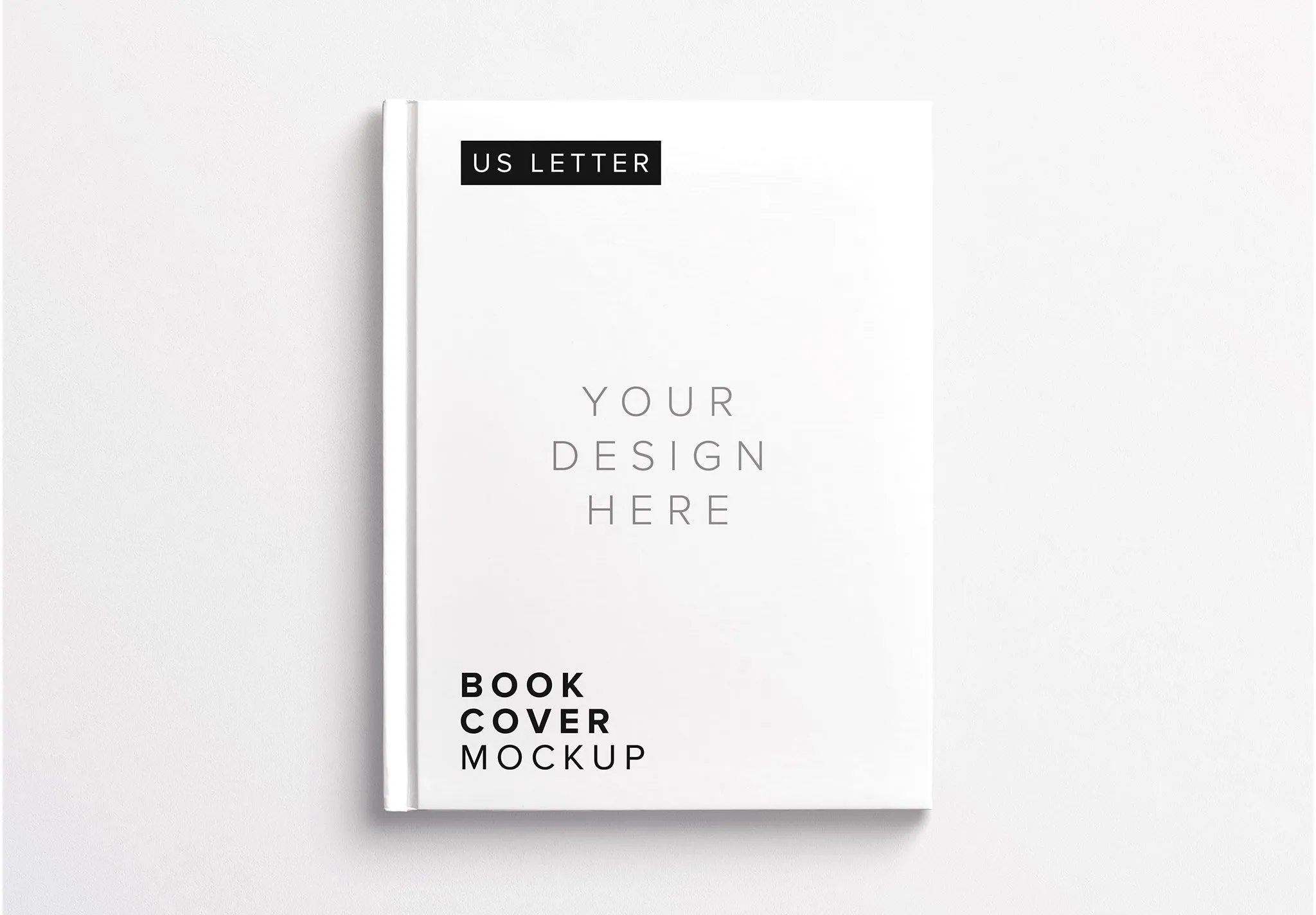
Identify your target audience. Explain who would read and enjoy your book. Consider the age range, interests, and reading habits of your ideal reader. Positioning your book within the market is also crucial. Compare your book to similar titles and authors, demonstrating your understanding of the current market trends. This demonstrates that you understand the publishing landscape and that your book has the potential for success. Knowing your audience and the book’s place in the market is a critical advantage.
Why Your Book is Unique
In a crowded marketplace, it’s important to articulate why your book is unique. What makes your story different from others in its genre? Is it the unusual perspective, the original plot twists, or the distinct voice of your characters? Perhaps it’s the way you handle certain themes or your innovative approach to storytelling. Clearly articulate the unique selling points of your book. This section is about showing what makes your book stand out and why it’s worth reading. By focusing on your uniqueness, you increase your chance of captivating the reader.
Author’s Credentials and Experience
Briefly introduce yourself and your relevant experience. Mention any writing credentials, awards, or publications you’ve had. If your background is relevant to the book’s subject matter, mention that too. Don’t overdo it; keep it concise and focused. You want to establish your credibility as an author, but not at the expense of your book’s appeal. The goal is to assure the agent or publisher that you are capable of producing a high-quality book.
Call to Action and Closing
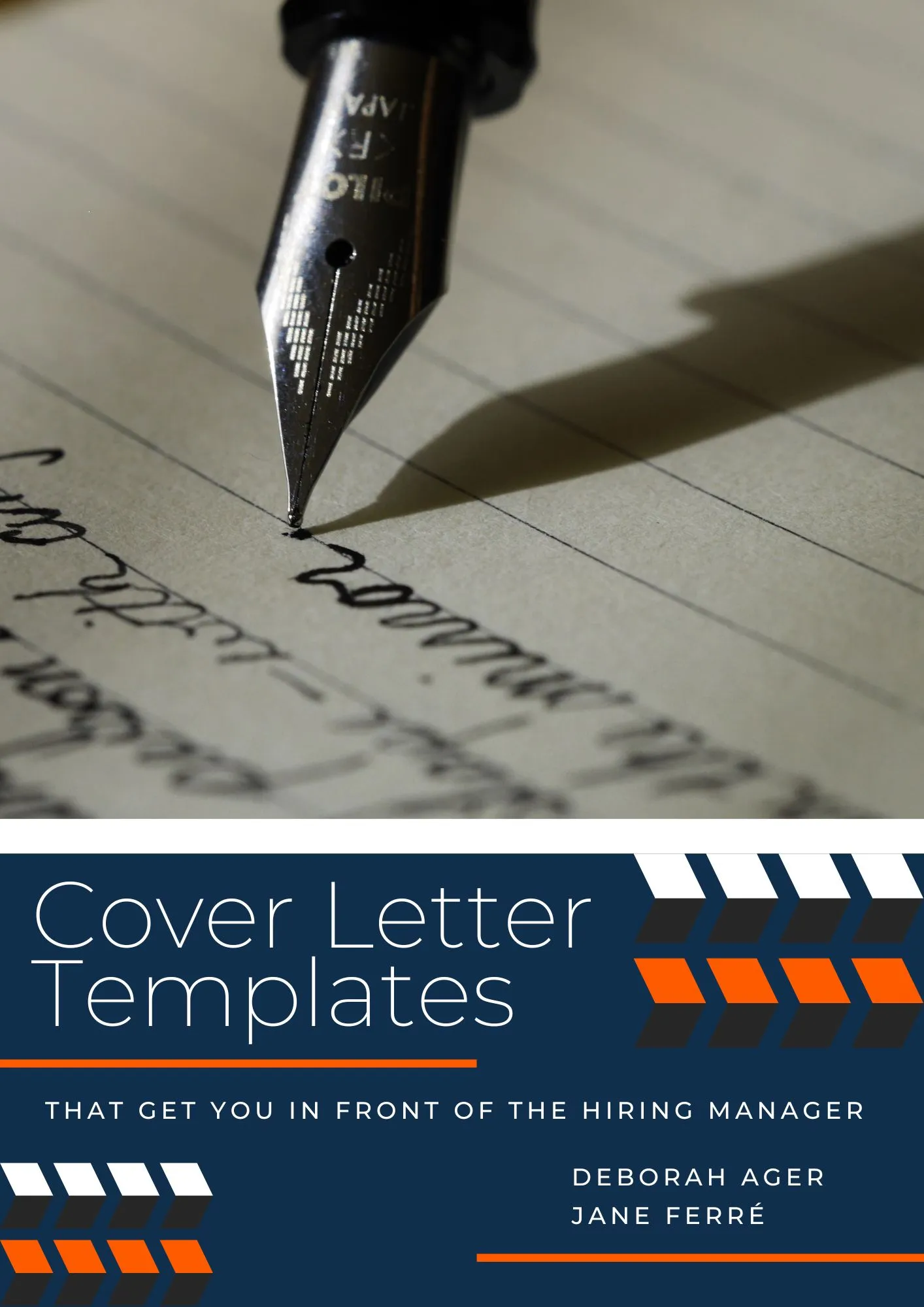
End your cover letter with a clear call to action. State your desire for the agent or publisher to read your manuscript. Express your availability for a meeting or call. Thank the recipient for their time and consideration. Use a professional closing such as “Sincerely” or “Best regards.” Ensure all your contact information is readily available. A well-crafted closing leaves a lasting positive impression and encourages the recipient to take the next step.
Proofreading and Editing
Proofreading and editing your cover letter is absolutely essential. Errors in grammar, spelling, and punctuation can immediately damage your credibility. Read through your letter multiple times, and consider having someone else proofread it for you. Pay close attention to sentence structure and word choice, ensuring your writing is clear and concise. A polished cover letter demonstrates your professionalism and your attention to detail. Always proofread your work to prevent any avoidable mistakes. Use tools like Grammarly and consider professional editing services for a flawless result.
Cover Letter Template and Examples
A cover letter template can be an excellent starting point, but it should be personalized. Templates provide a framework, but adapt them to your specific book and circumstances. Look at examples of successful cover letters for inspiration, but avoid copying. Study different genres and tailor your letter accordingly. Search for example letters online, in writing guides, or from publishing professionals. The key is to create a unique, compelling letter that truly represents your book. Use templates as a guide to personalize your message and make it shine.
Do’s and Don’ts of a Cover Letter
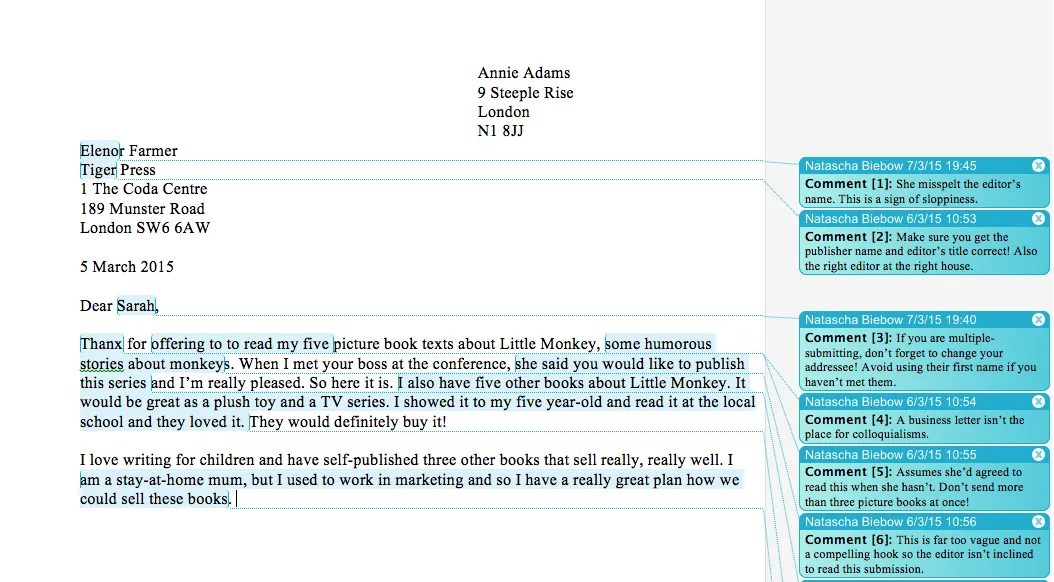
Knowing what to do and what to avoid can greatly improve your cover letter’s effectiveness. Follow these guidelines to write a more powerful letter. Understanding these basics will increase your odds of success and help you avoid common pitfalls. Following these tips will put you on the right track when creating your cover letter.
Do’s
- Personalize your letter to the specific agent or publisher.
- Research the agent or publisher and their interests.
- Keep it concise and to the point.
- Highlight your book’s unique selling points.
- Proofread meticulously for errors.
- Showcase your book’s potential and your writing skill.
- Include a clear call to action.
- Be professional in tone and formatting.
- Adhere to the agent’s submission guidelines.
Don’ts
- Don’t send a generic letter.
- Don’t be overly verbose or wordy.
- Don’t use clichés or jargon.
- Don’t oversell or make exaggerated claims.
- Don’t include negative information about your book.
- Don’t use an unprofessional email address.
- Don’t submit without proofreading.
- Don’t include any information not related to the book.
- Don’t be pushy or demanding.
Reviewing and Refining Your Letter
After writing your cover letter, review and refine it multiple times. Read it aloud to catch any awkward phrasing or grammatical errors. Get feedback from beta readers or writing groups. Ensure your letter is clear, concise, and compelling. Make sure it accurately reflects your book’s essence and your personal brand. The more time you spend reviewing and refining, the better your letter will be. A well-polished cover letter significantly increases your chances of success in the competitive world of publishing.
